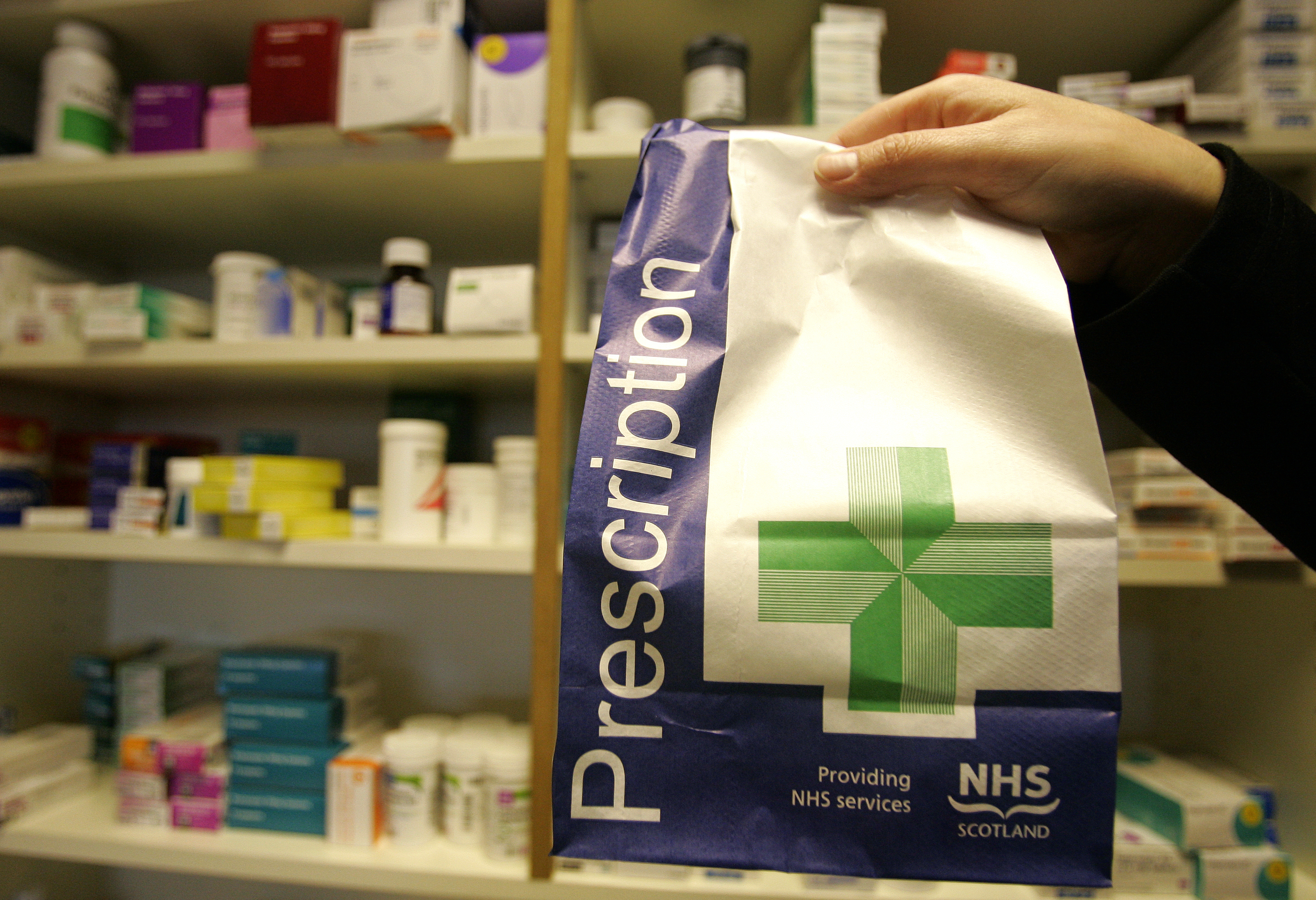A research team led by a Dundee expert has warned Scotland faces the potential rise of an “opioid epidemic”.
Professor Blair Smith, of Dundee University’s population science department, spoke out after studying a decade of prescribing patterns north of the border.
Prof Smith discovered prescribing of opioids – strong painkillers including morphine, fentanyl and oxycodone — had more than doubled.
During the final year of the study, 2012, figures revealed more than 18% of the population of Scotland had received at least one opioid prescription.
In an article published by science journal The Conversation, Professor Smith said there was “good” evidence opioids were effective — but also that they had detrimental effects on public health if used in the long-term.
He said: “With colleagues from Scottish universities, we published research exploring the factors associated with the rates of opioid prescribing in Scotland. We looked at a record of every prescription for opioid medicine dispensed in Scotland between 2003 and 2012. The trend we uncovered was startling.”
The researchers found the number of prescriptions of “strong” opioids (including morphine, fentanyl, oxycodone and others) more than doubled from 474,385 to 1,036,446 per year.
A full 18% of people in Scotland received at least one opioid prescription in 2012.
Prof Smith added: “Women were more likely to receive a ‘weak’ opioid (such as codeine or tramadol), but there was no gender difference in the prescription of strong opioids.
“There were also clear social divisions in opioid prescriptions – prescribing rates rose with age, and there were four times more prescriptions for strong opioids dispensed to people in the most deprived areas, than to those in the most affluent areas.”
A Scottish Government spokesperson said it was tackling the issue, adding: “The misuse of high strength opioid is one of the issues highlighted in our recent chronic pain strategy.
Drugs workers warn deaths could soar if “off the scale” fentanyl makes it to Tayside and Fife
“Clinicians are encouraged to have open and honest conversations with patients whose history may indicate potential misuse while prescribers should review behaviour or excessive prescription requests that may indicate problems are developing.
“We are establishing a review on prescription medicine dependence and withdrawal and have worked with ISD Scotland to look at the prescription of high strength opioid medicines to support health boards to take action on a local level.”





